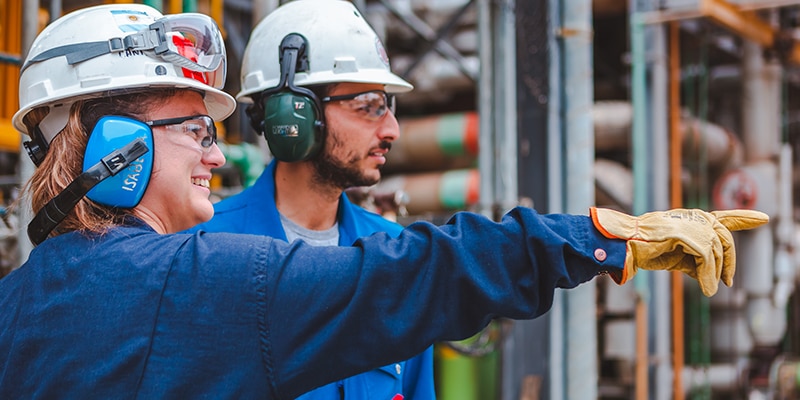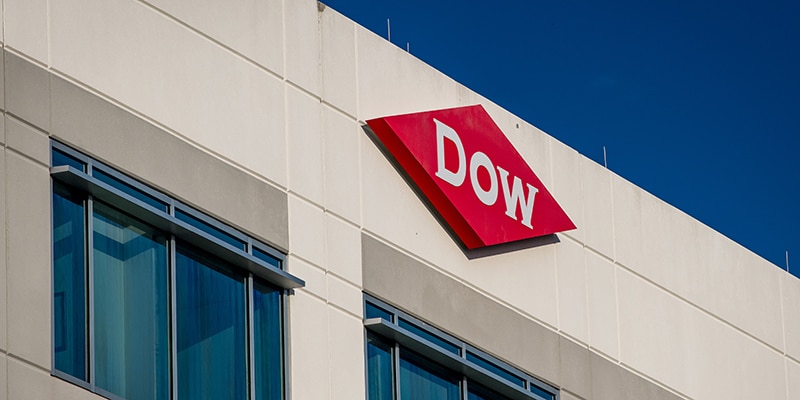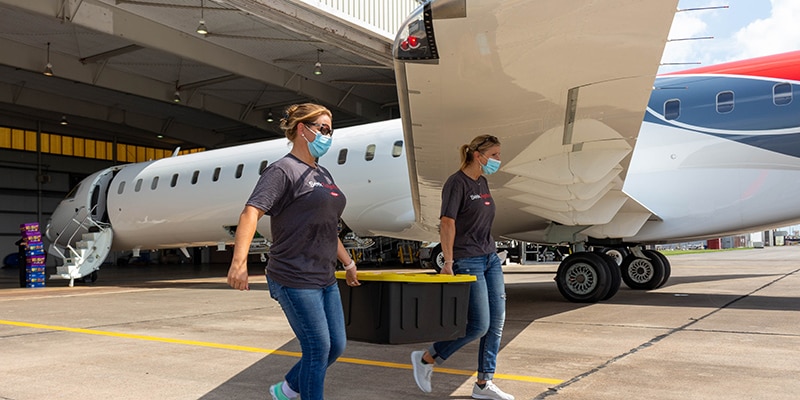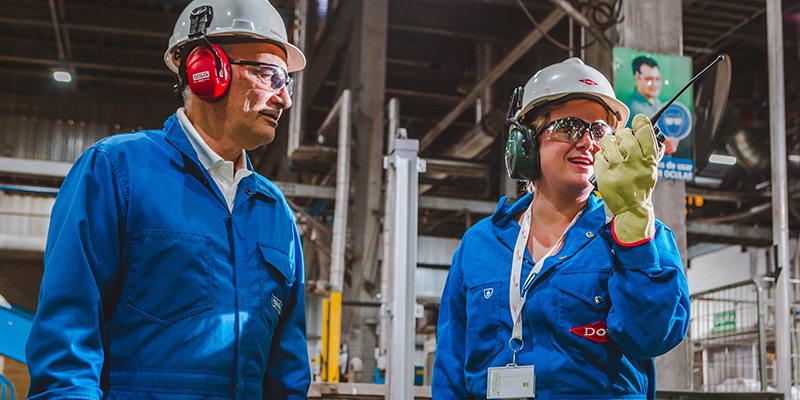(1977-2004)


Learn how we make the world a better place as Team Dow. Through respect and integrity, we lead with our core values and innovative spirit to create more sustainable materials science solutions for everyone.

Discover how we’re accelerating positive change around the world. From climate protection and creating safer materials to our focus on global citizenship and inclusion, diversity and equity, Team Dow is making a difference in the communities where we live and work.

Find the latest press releases, news updates, awards and achievements from Dow and stay connected on the impact we’re making in the world.

Explore key collaborations and why we make partnership our passion. Through initiatives and sponsorships, we can work together to create a more positive impact for all.

Team Dow makes us one of the most innovative, customer-centric, inclusive and sustainable materials science companies in the world. Find opportunities to join Dow in a capacity that works best for you.

Market-Facing Products and Diversification
A Shift from the Basics
With the recognition that the future lay with higher value-added products, diversification became Dow’s number one target. In 1978, Dow’s leadership set a goal to achieve 50 percent of revenues from high-value product lines. The company began rounding out its expertise in pharmaceuticals, consumer products and agricultural chemicals through joint ventures and acquisitions, and found new applications for existing products, including for the automotive industry. By 1985, Dow had met its goal for achieving high-value sales.
An Early Leader in Responsible Care®
It was under CEO Frank Popoff’s leadership that Dow became an early supporter of Responsible Care®, a global voluntary initiative launched in the 1980s that emphasizes continuous improvement for the chemical industry. Popoff called the initiative “maybe the most powerful thing this industry has done for as far back as I can remember.” In 1996, Dow established its first set of 10-year companywide EH&S goals. They led to sweeping cultural change at Dow, including an improved safety mindset that has helped prevent thousands of injuries.
“What does Dow have to do to be a great company in the year 2000?”
– CEO Paul Oreffice to Dow’s top 30 leaders in 1978
1985 | The Dow household product line doubles in size. |
1986 | Dow ranks as the world’s largest producer of thermoplastics. |
1989 | Dow and Eli Lilly form DowElanco, a joint venture to produce agricultural products. |
1992 | Dow’s INSITE™ constrained geometry catalyst technology is introduced. |
1996 | DuPont Dow Elastomers begins operations. |
1997 | Dow acquires 100 percent ownership of DowElanco and renames it Dow AgroSciences. |
1999 | Dow announces plans to acquire Union Carbide. |
2001 | Dow-Union Carbide transaction is finalized. |